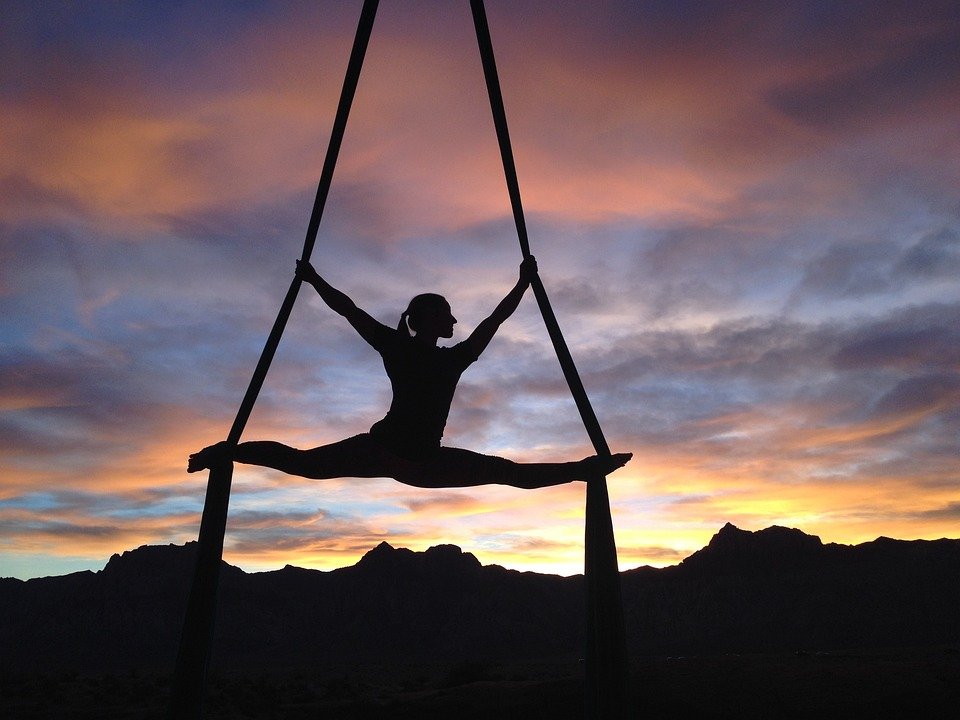Gymnastics Training: The Key Exercises and Techniques for Success
Gymnastics is an awe-inspiring sport that demands strength, flexibility, and precision. It requires a high level of athleticism and dedication to master the complex routines and movements. Whether you are a beginner or an advanced gymnast, it is crucial to understand the key exercises and techniques that will help you achieve success in this challenging sport. In this article, we will explore the essential exercises and techniques that every gymnast should incorporate into their training routine.
1. Core Strength:
Core strength is fundamental for gymnastics as it provides stability and control during various movements. Exercises such as planks, hollow body holds, and Russian twists are excellent for developing core strength. It is essential to focus on both the front and back muscles of the core to ensure a well-rounded strength foundation.
2. Flexibility:
Flexibility is paramount in gymnastics, as it allows gymnasts to achieve the necessary body positions and perform intricate movements. Regular stretching routines targeting different muscle groups are essential for improving flexibility. Incorporate exercises like splits, bridges, and pike stretches to increase your range of motion.
3. Balance:
Balance is crucial in all gymnastics disciplines, from beam routines to floor exercises. Practicing exercises that challenge your balance, such as one-legged stands and balancing on a beam, will help enhance your stability and control.
4. Strength Training:
Strength is a key component of gymnastics, as it enables gymnasts to perform explosive movements and holds. Incorporate strength exercises that target the major muscle groups, including squats, lunges, push-ups, pull-ups, and handstand holds. Gradually increase the intensity and resistance to continually challenge your muscles.
5. Technique and Form:
Mastering proper technique and form is essential for success in gymnastics. Focus on precision in every movement, paying attention to body alignment, hand placement, and body tension. Regularly practice basic skills, such as cartwheels, handstands, and rolls, to reinforce proper technique.
6. Plyometrics:
Plyometric exercises are excellent for developing explosive power and quick movements, which are crucial in gymnastics. Incorporate exercises like box jumps, tuck jumps, and burpees into your training routine. Ensure proper form and gradually increase the intensity to avoid injury.
7. Mental Preparation:
Gymnastics is not just physically demanding but also mentally challenging. Mental preparation is key to maintaining focus, confidence, and composure during competitions. Incorporate visualization techniques, meditation, and positive self-talk into your training routine to enhance mental resilience.
FAQs:
Q: How often should I train for gymnastics?
A: The frequency of training depends on your level of involvement and goals. For recreational gymnasts, 2-3 training sessions per week are recommended. Competitive gymnasts may train up to 20 hours per week, including strength and conditioning work.
Q: Can I start gymnastics as an adult?
A: Absolutely! While starting gymnastics as an adult may present some unique challenges, it is never too late to develop strength, flexibility, and coordination. Many gyms offer adult gymnastics classes tailored to different fitness levels.
Q: How long does it take to become proficient in gymnastics?
A: The time required to become proficient in gymnastics varies depending on individual factors such as natural ability, dedication, and training frequency. It typically takes several years of consistent training to reach an advanced level.
Q: Is gymnastics a dangerous sport?
A: Like any sport, gymnastics carries a risk of injury. However, with proper training, coaching, and adherence to safety guidelines, the risk can be minimized. Gymnastics facilities are equipped with safety measures such as foam pits and spotting techniques to ensure the well-being of gymnasts.
In conclusion, gymnastics training requires a comprehensive approach that combines strength, flexibility, balance, technique, and mental preparation. By incorporating the key exercises and techniques mentioned in this article into your training routine, you can enhance your performance and achieve success in this challenging and rewarding sport. Remember to always prioritize safety and listen to your body to avoid overexertion and injury. Happy training!


